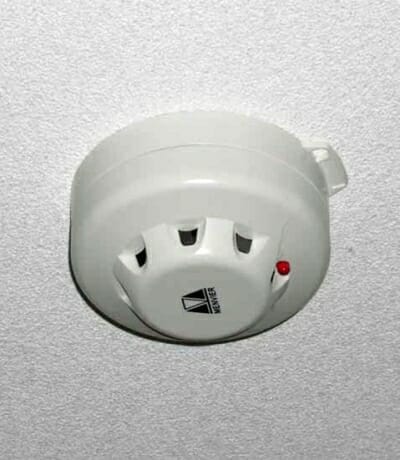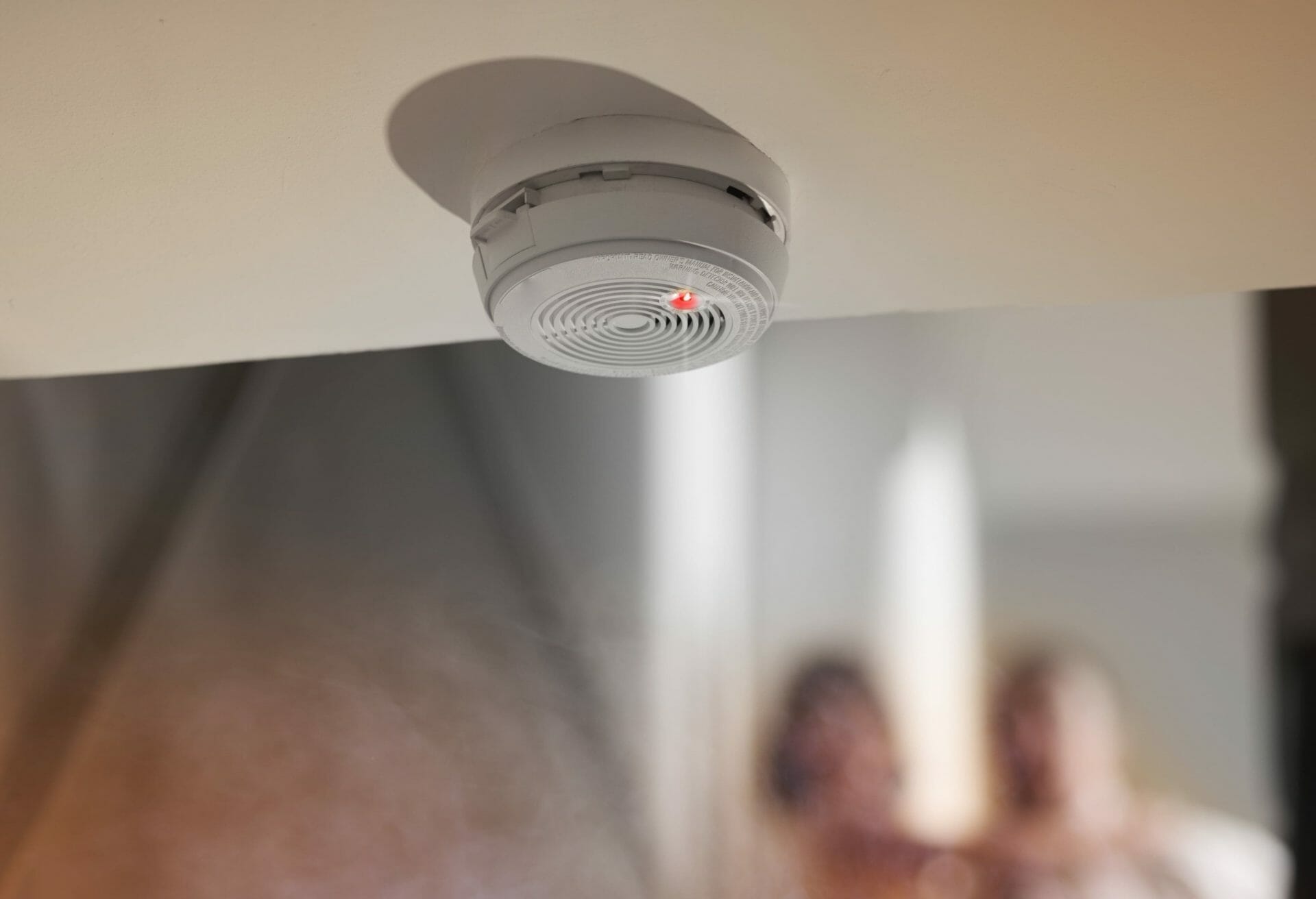Heat and smoke detectors will detect smoke or heat and emit a loud noise that will give you and all staff enough time and warning to evacuate the premises safely. These devices integrate detection of a fire (smoke and heat detectors) and emission of alerts (fire alarm) as a consequence.
Heat detectors are insensitive to smoke and are triggered by either the temperature rising above a preset level or if the temperature rises rapidly in a short space of time. Smoke detectors, on the other hand, is there to detect when smoke is present in the premises within its detection capabilities.
Currently, there are four types of fire alarms that can be fitted into your business premises: heat, ionisation, optical and combined alarms. Ionisation alarms are very sensitive to small particles of smoke and they tend to detect fast moving fires, which could be the case with wood or paper, for example. They are normally quicker at sensing fire before smoke gets too thick.






